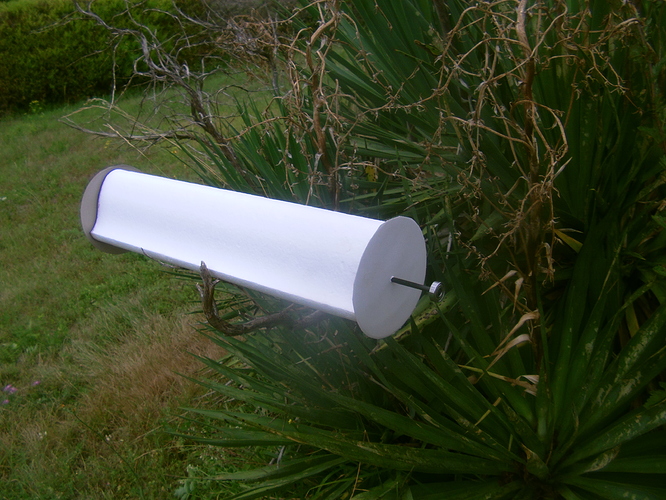The original aero-hacker hot-wire foam-cutting practice domain experts have done since the 70s. The process was semi-automated with foil form templates and gravity-feed. I learned this method from aero-modeling legend, George Parks, in the '80s.
Custom competition wings are still finally hand formed, to create variation in foil section all along the length of the wing, washout, special root and wingtip shape, and so on. Its a true Art. CNC automation is only as good as the starting wing design.
Done it manually myself with a hot wire bow on a giant wing. Result wasn’t very good.
The good news is that manual or CNC foam mastery is not essential to great “quick-and-dirty” conceptual prototypes.
Blow-molding foam is better than hot wire for major production. CNC is best suited for small production runs, and manual for one-off foam parts.
KiteMotor1’s rotor blades had a carbon tube center, sculpted EPS foam, then covered with a woman’s nylon stocking impregnated with aliphatic resin glue. The final result was tough, as if if it was EPP foam, but much more finely and easily shaped.
hot wire foam wing cutter cnc
This sort of cutting table is used to build profiles of planes or blades or rotors in polystyrene or EPP foam.

